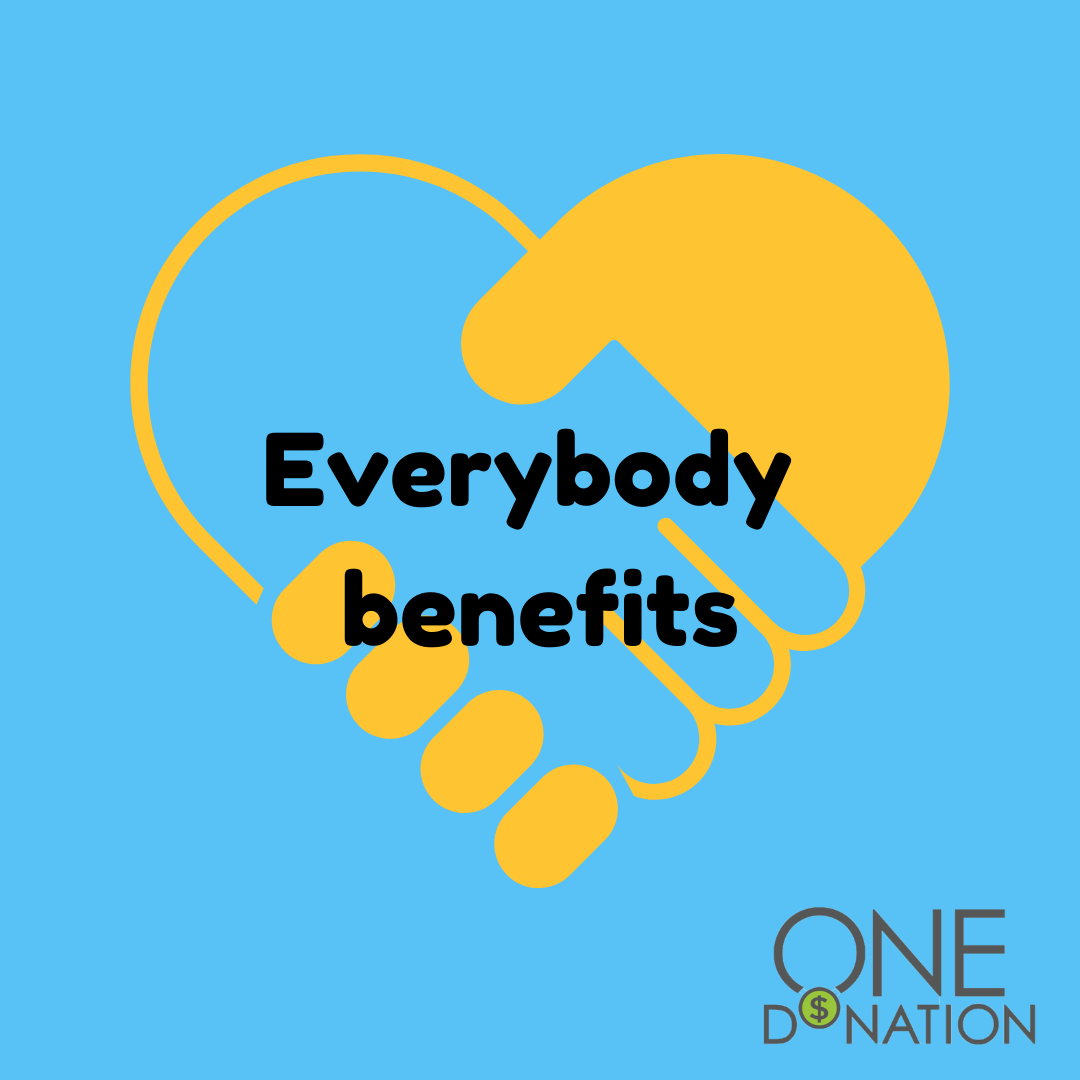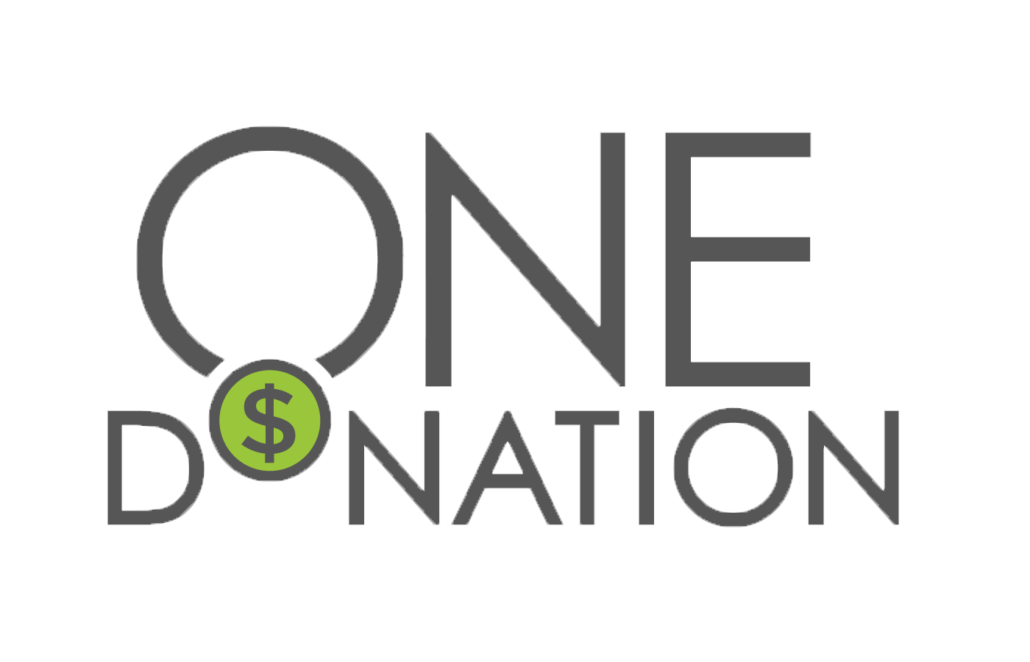What is Blockchain?
Several weeks ago, our team observed that many people simply did not understand what Blockchain was and why it is such a critical part of financial activity and integrity. The idea behind writing this post stemmed from a personal quest to write a paper to guide CEOs and Operations professionals to better understand Blockchain and why it can benefit their own businesses. After presenting an initial draft of my research on Blockchain, a teammate spoke up and asked, “Why not write three different papers geared to three different audiences?”.
Fantastic idea!
First, I wanted to draft something simple and to the point, which was to provide a base-level understanding of the value of Blockchain and its structure.
Second, which puts the average reader a little more in the weeds, I set out to discuss how it all works together.
Third and of final note, this draft would encompass a more expository aspect and is designed for those who understand more technical jargon.
Simple and to the point.
Understanding Blockchain is fairly straightforward if you take want to journey with me to take a closer look.
Simply defined, a blockchain provides a system of taking information (data) and logging it in a way that makes it difficult to hack into, change, or even corrupt. Using a network of connected computers on the blockchain, data is continuously added and stored immutably in chronological order.
Blockchain: Two words put together with two meanings
Block. Just what are the blocks within a blockchain? Blocks are data structures where transaction data is encrypted and permanently recorded. Each block has a unique identifying number which builds upon the numbers of previous blocks and also with the new information unique to it. A block records some or all of the most recent transactions that are not validated by the network. It is considered open until the information being stored is verified by a network of computers that the data is valid. Once the data is validated, the block is closed, and the next block can then be created.
Chain. The “chain” is the string of blocks that are continuously added to the structure.
The beauty of blockchain is that it is highly secure and almost impossible to hack, as each block has a unique number that the majority of stakeholder computers (individually called nodes) within the network must validate in order to be changed. Using “consensus algorithms”, replication of the nodes condoms the value. Furthermore, it prevents internal embezzlement of funds or ideas by one node, since it is a decentralized network linked to independently validate and confirm the data is truthful. Blockchains can be public or private.
There are two types of blocks.
Public blocks are permissionless in nature, allow anyone to join, and are completely decentralized. Public blockchains allow all nodes of the blockchain to have equal rights to access the blockchain, create new blocks of data, and validate blocks of data. Often referred to as Public Blockchain.
Private blocks (also referred to as managed blockchains) are permissioned blockchains controlled by a single organization. In a private blockchain, the central authority determines who can be a node. The central authority also does not necessarily grant each node with equal rights to perform functions. Private blockchains are only partially decentralized because public access to these blockchains is restricted. Some examples of private blockchains are the business-to-business virtual currency exchange network Ripple and Hyperledger, an umbrella project of open-source blockchain applications. These are often referred to as Private Blockchain.
There are two types of chains.
On-chain transactions are the transactions available on the blockchain (distributed ledger) and are also visible to all the nodes on the blockchain network.
Off-chain transactions are transactions that happen off of the network. Off-chain transactions deal with the values outside the blockchain and can be carried out using a number of methods. Two parties can have a transfer agreement, or a third party might exist who guarantees that the transaction is complete and correct. In this case, the third party is some sort of a guarantor in the transaction. Today, payment processors such as PayPal and Bill.com work along these lines.
So, there you have it. When you put the two of these together (the block and the chain) and wrap them up in an algorithm (computer program) to verify data (transactions, truthfulness of documents, ownership) you get something that is transformational and secure.
To dive deeper please subscribe so that you read the next post “How Blockchain Works.” In this post I will explain how Blockchain creates an immutable ledger that facilitates the process of tracking transactions or assets like houses, land, cars, cash, jewelry, patents and copyrights.

 Employees Still Care
Employees Still Care

